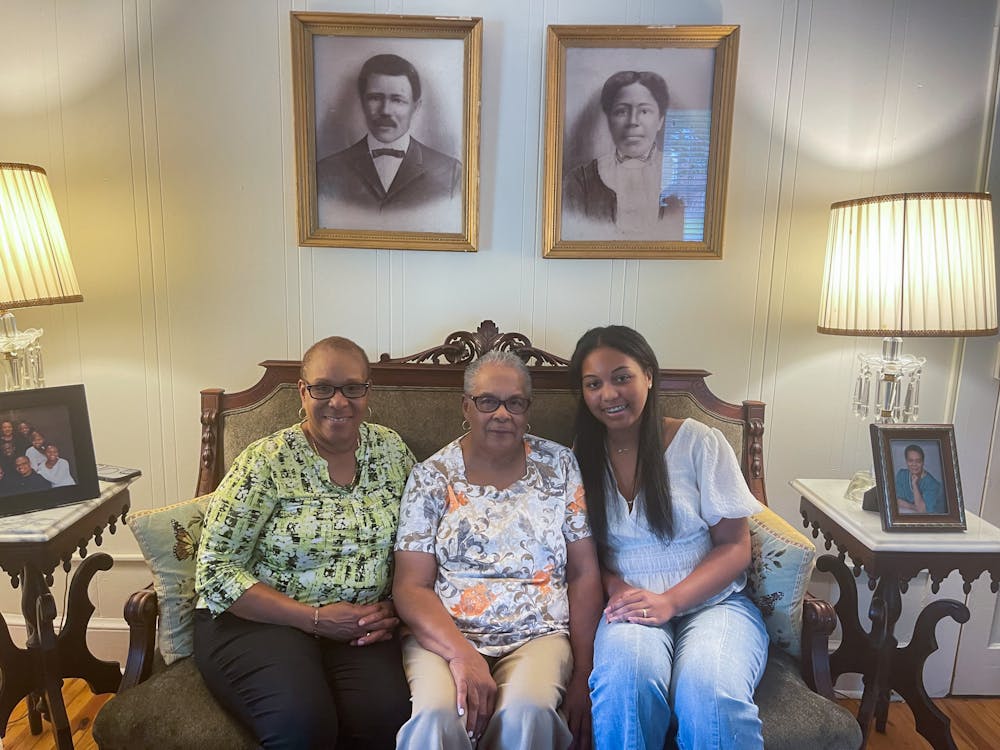Toney and Nellie Strayhorn became the first Black landowners in Carrboro in 1879, building a home that has survived seven generations. Their home today is not only a significant piece of Carrboro’s history, but a testament of the resiliency of their family through generations of hardship, and decades of gentrification.
The Strayhorn Home was the third location in Chapel Hill to be awarded a plaque from the Carrboro Truth Plaque Task Force. The project marks the community’s history and is funded by Preservation Chapel Hill, Lorie Clark, the great-great-granddaughter of Toney and Nellie Strayhorn, said.
The Strayhorn family served as pillars for the Carrboro community, Delores Clark, the great-granddaughter of Toney and Nellie Strayhorn, said. Generations of Strayhorns have participated in service work, such as cultivating food for the community on their 30 acres of land.
Lorie Clark's niece, Nevaeh Hodge, is continuing the Strayhorn legacy of service work with involvement in the Chapel Hill-Carrboro NAACP Youth Council.
The original home was just a small cabin, Lorie Clark said. But over the years, generations of Strayhorns adapted the home to their needs, each room in the house representing the character of a new generation.
Her great-aunts — and Delores Clark's aunts — moved up North during the Great Migration.
Delores Clark said that she has always treasured the home she grew up in, and wanted to stay because she knew how hard her great-grandparents worked for their property.
Toney Strayhorn was a minister and founding member of Rock Hill Baptist Church, now First Baptist Church. After both of his children died, things became extremely difficult for the family, but their resiliency is what allowed for the Strayhorn family’s continued survival.
Delores Clark said that this home is valuable for the larger Chapel Hill-Carrboro community. But Lorie Clark said that it means more than the surrounding community: it means family.



